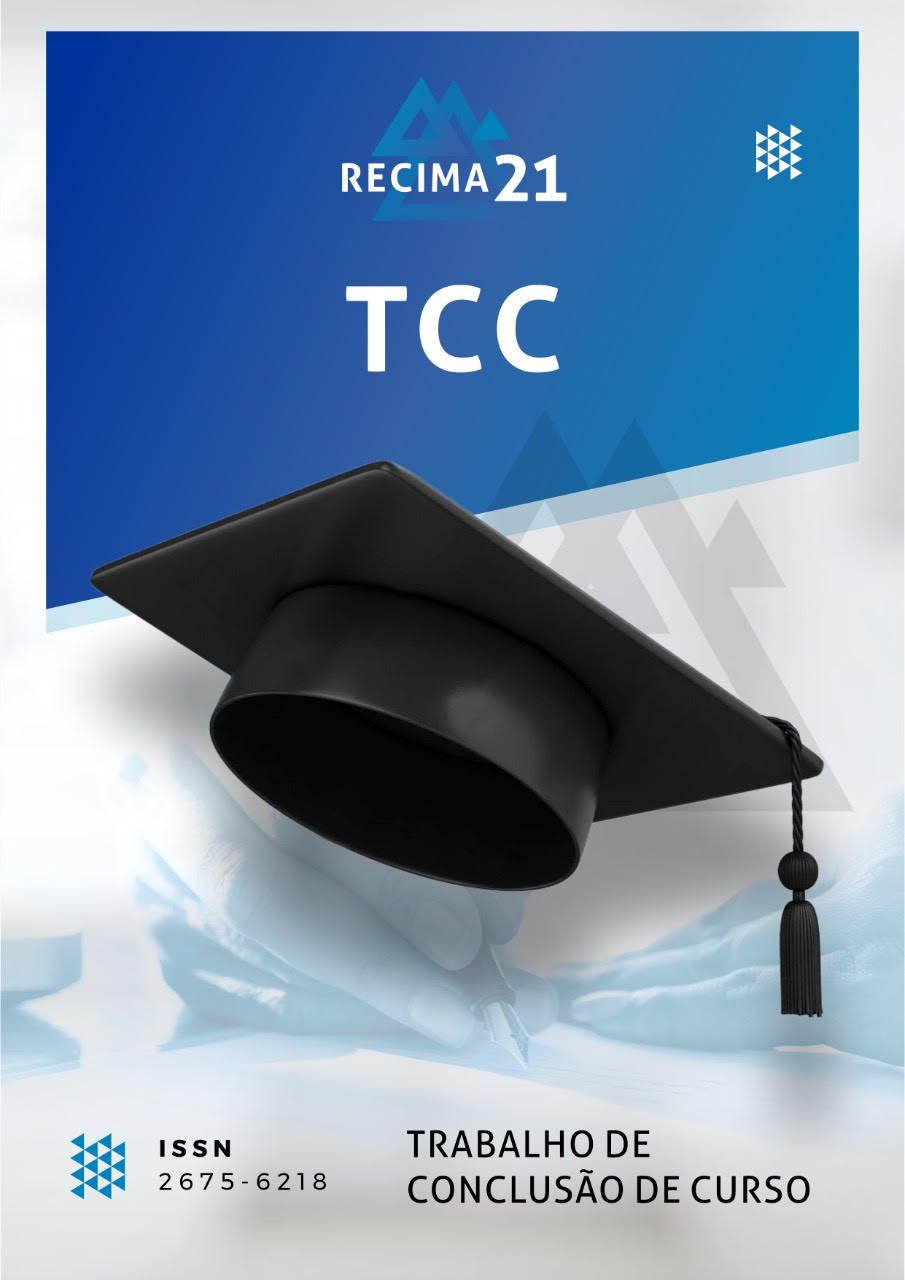DYSLEXIA IN THE SCHOOL ENVIRONMENT: HOW TO HELP THE DYSLEXIC STUDENT
DOI:
https://doi.org/10.47820/recima21.v3i1.1669Keywords:
Dyslexia, Inclusion, Understanding, StrategiesAbstract
This document aims to present the proposal for a Course Completion Work in
the area of teaching directed to dyslexic students. It deals with how the teacher can, through differentiated strategies and methodologies, help to promote a more appropriate and meaningful teaching for this group of students, and with that help to promote the appreciation of diversity.
Inclusive education aims at attending and evaluating diversity, as it understands
that each student has unique abilities, when compared, add and enrich greatly as relationships and interactions between them, generating a more effective and broad learning. In this way, the school becomes a safe place, which not only creates opportunities for the encounter with the other, but also models actions of respect and appreciation to the different ones. Among the many specificities that contribute to heterogeneity in the school environment is dyslexia, which is known as a learning disorder that is quite common in
the school environment because it is directly linked to reading and writing.
It is at school, where the dyslexic student encounters his greatest difficulties,
especially in the early years of literacy. The school model that we find today is not yet
ready to meet his needs. Its methodology, functioning and evaluative forms, always
focused on the memorization of content do not contribute to the learning development of this group of students. On the contrary, they cause great discomfort and impair self-esteem, thus slowing down their evolutionary process.
Downloads
References
A inclusão do disléxico na escola . Disponível
http://www.dificuldadesdeaprendizagem.com/modules/news/index.php php. BORBA E BRAGGIO. Como interagir com o disléxico em sala de aula aula. ASSOCIAÇÃOBRASILEIRA DE DISLEXIA – ABD. São Paulo: ABE, 2016.
Capovilla, A. G. S., Smythe, I., Capovilla, F. C., & Everatt, J. (2001). Adaptação
brasileira do International Dyslexia Test: Perfil cognitivo de crianças com escrita
pobre. Temas sobre Desenvolvimento, 10(57), 30 30-37.
Critérios de Diagnósticos da Dislexia Dislexia. Disponível em:
https://dislexia.pt/diagnostico/ Acesso em 02/11/2017.
DAVIS, R. BRAUN, E. O Dom da Dislexia Dislexia. 2. Ed. Rio de Janeiro: Rocco, 2008.
De Luca Inez Inez- Dislexia.org –Disponível em: Inez.deluca@dislexia.org.br br. Acesso em
/11/2012 2012. Educação Inclusiva -Um Pouco de História História. Disponível em:
http://www.rioeduca.net/blogViews.php?bid=20&id=3444 3444. Acesso em 02/11/2017.
FRANK, R. LIVINGSTON, Kathryn E. A vida secreta da criança com dislexia . São
Paulo: M. Books do Brasil, 2003.
FREIRE, Paulo. Pedagogia do Oprimido. São Paulo: Paz e terra, 2011.
LDB (1996) Lei de Diretrizes e Bases da Educação Nacional Nacional. Disponível em:
https://www2.senado.leg.br/bdsf/bitstream/handle/id/70320/65.pdf . Acesso em 28
out. 2017.
MUS ZKAT E RIZZUTTI. O Professor e a Dislexia . São Paulo: Cortez, 2012.
Downloads
Published
How to Cite
Issue
Section
Categories
License
Copyright (c) 2022 RECIMA21 - Revista Científica Multidisciplinar - ISSN 2675-6218

This work is licensed under a Creative Commons Attribution 4.0 International License.
Os direitos autorais dos artigos/resenhas/TCCs publicados pertecem à revista RECIMA21, e seguem o padrão Creative Commons (CC BY 4.0), permitindo a cópia ou reprodução, desde que cite a fonte e respeite os direitos dos autores e contenham menção aos mesmos nos créditos. Toda e qualquer obra publicada na revista, seu conteúdo é de responsabilidade dos autores, cabendo a RECIMA21 apenas ser o veículo de divulgação, seguindo os padrões nacionais e internacionais de publicação.













